Jet Flow using Large Eddy Simulation (LES) CFD Simulation, ANSYS Fluent Training
Jet Flow using Large Eddy Simulation (LES) CFD Simulation, ANSYS Fluent Training
- Upon ordering this product, you will be provided with a geometry file, a mesh file, and an in-depth Training Video that offers a step-by-step training on the simulation process.
- For any more inquiries regarding the product, please do not hesitate to reach out to us at info@CFDLAND.com or through our online support assistant.
€215.00 Original price was: €215.00.€155.00Current price is: €155.00.
Jet Flow, which is made up of fast-moving fluid streams coming out of nozzles, is very important in many engineering fields, from propulsion systems to studying the environment. For correct analysis, you need to use advanced computing methods because the turbulent structures in Jet Flow are very complicated. Large Eddy Simulation (LES) is a alternative tool in this situation because it balances speed and accuracy by modeling more minor scales while settling larger ones. The point of this study is to show how LES helps us understand how Jet Flow is turbulent, connecting theoretical simulations with real-world uses. We want to use LES to make predictions more accurate and design processes more efficient in all fields that use fluid dynamics. This project looks at how Large Eddy Simulation (LES) can be used to study Jet Flow, a fundamental concept in fluid dynamics.
Figure 1: Large Eddy Simulation (LES) CFD Simulation in ANSYS Fluent
Simulation Process
The computational domain is established from two zones: one stands for the jet nozzle and the other for the surroundings. Using ANSYS Design Modeler, proper blocking is done so that a structured grid can be generated later in ANSYS Meshing. Adopting a structured grid is essential for LES projects. Solver solves flow equations through two major steps: 1. Reynolds-averaged Navier Stokes (RANS) equations must be primarily solved 2. Large Eddy Simulation (LES) viscous model is then activated to complete the prediction regarding its accurate approach. The wake formation is inevitable considering 75 m/s air injection from the nozzle.
Figure 2: Structured grid for Jet Flow Large Eddy Simulation (LES)
Post-processing
The velocity contour plot shows a clear core area of high speed (up to 363.8 m/s) that starts at the jet nozzle and goes downstream. While moving downstream, this core stays coherent for a long time before it starts to break apart. It is clear that there is a strong shear layer because of the sharp velocity gradient between the jet core and around it. This shear layer is very important for the formation of turbulent structures and for the entrainment process, which is how fluid from the surrounding area is sucked into the jet and causes it to slowly expand and slow down.
Figure 3: Velocity stream of jet flow LES CFD Simulation
As the jet moves downstream, the contour plot clearly shows that the high-velocity area spreads out and the peak velocity goes down. In turbulent jet flows, this spreading is common, and it’s caused mainly by the growth of large eddies in the shear layer. The LES records how these eddies form, which can be seen as bumps and waves on the jet’s edge. These parts are very important to how the jet mixes with the fluid around it because they make it easier for velocity and mass to move between the jet and the fluid. The uneven growth of the jet, especially in the downstream area, suggests the presence of three-dimensional turbulent structures that can be resolved by the LES method.
Figure 4: Streamlines of jet flow LES CFD Simulation
We pride ourselves on presenting unique products at CFDLAND. We stand out for our scientific rigor and validity. Our products are not based on guesswork or theoretical assumptions like many others. Instead, most of our products are validated using experimental or numerical data from valued scientific journals. Even if direct validation isn’t possible, we build our models and assumptions on the latest research, typically using reference articles to approximate reality.
Yes, we’ll be here . If you have trouble loading files, having technical problems, or have any questions about how to use our products, our technical support team is here to help.
You can load geometry and mesh files, as well as case and data files, using any version of ANSYS Fluent.
€330.00 Original price was: €330.00.€175.00Current price is: €175.00.

€160.00 Original price was: €160.00.€135.00Current price is: €135.00.

€110.00 Original price was: €110.00.€95.00Current price is: €95.00.

€145.00 Original price was: €145.00.€125.00Current price is: €125.00.

€140.00 Original price was: €140.00.€85.00Current price is: €85.00.

€190.00 Original price was: €190.00.€155.00Current price is: €155.00.



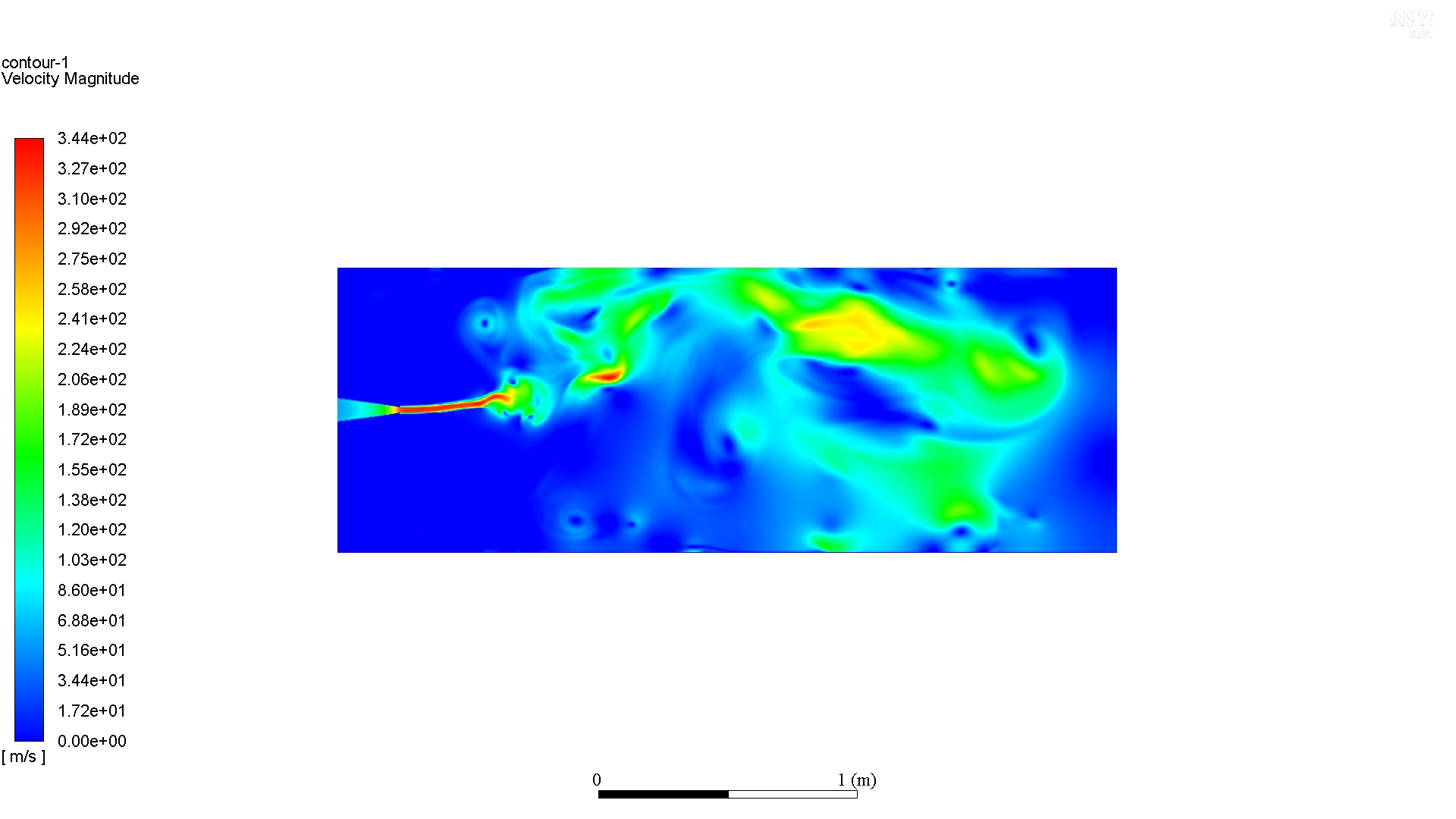
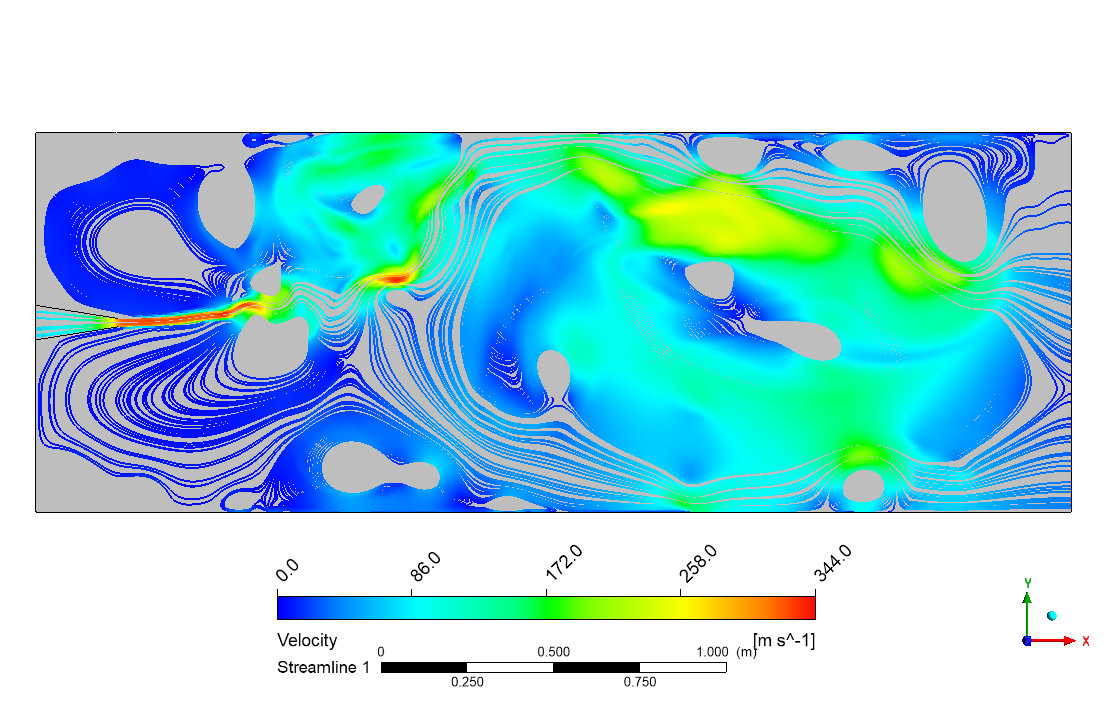
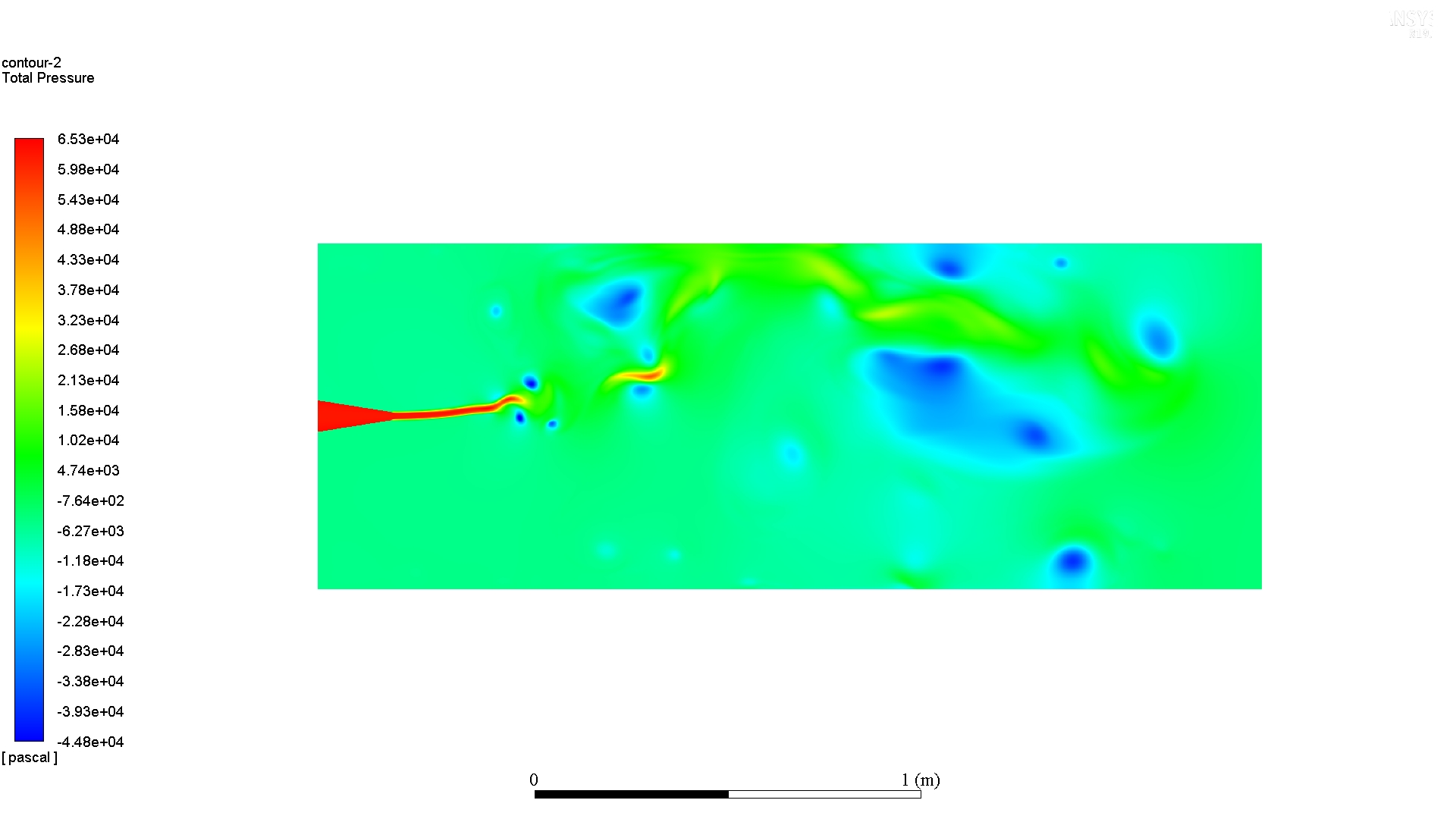
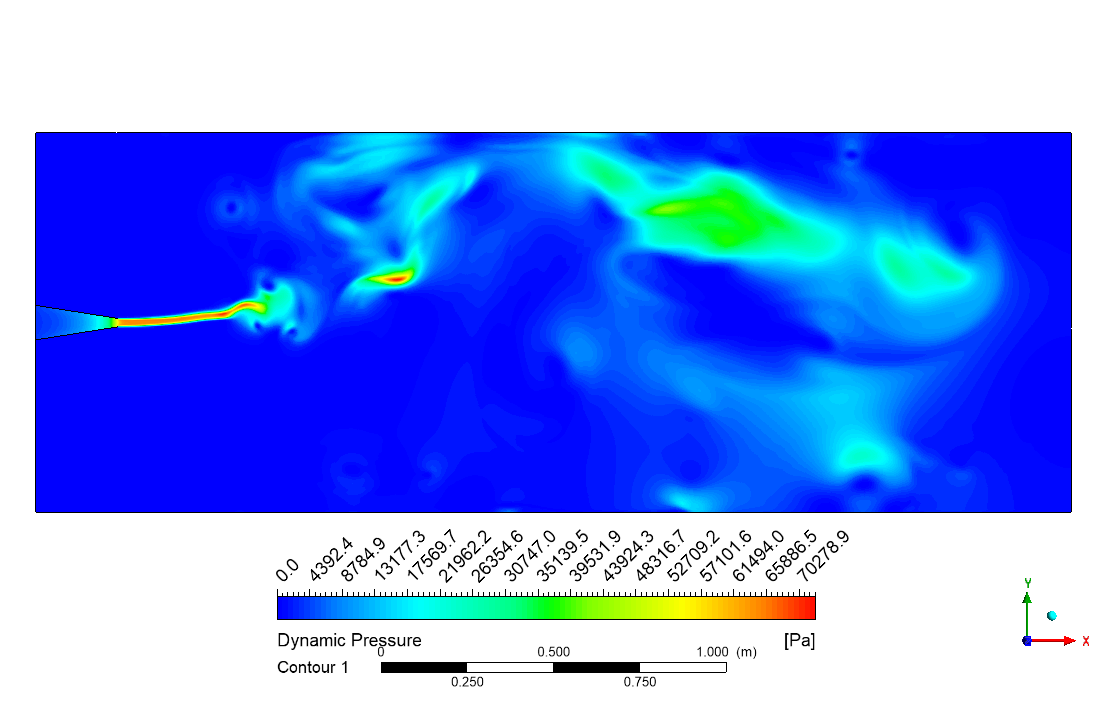




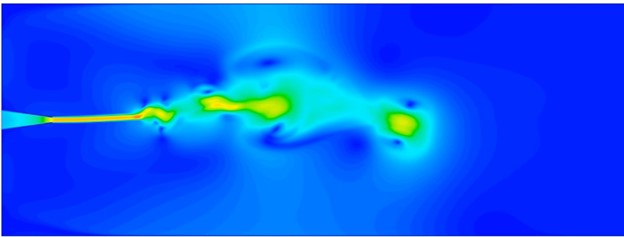

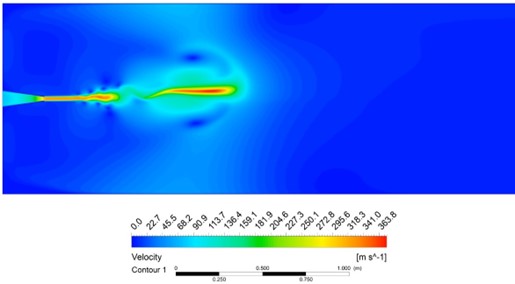
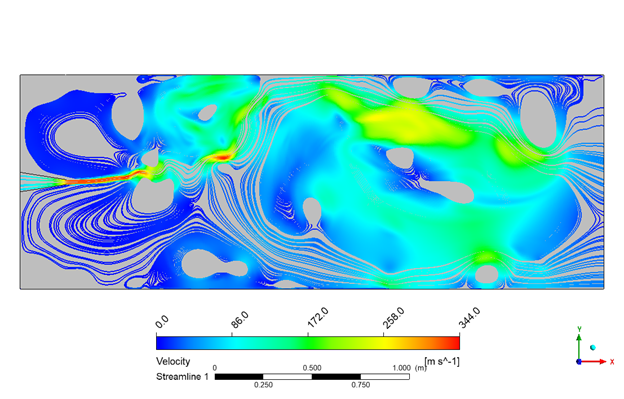











Reviews
There are no reviews yet.